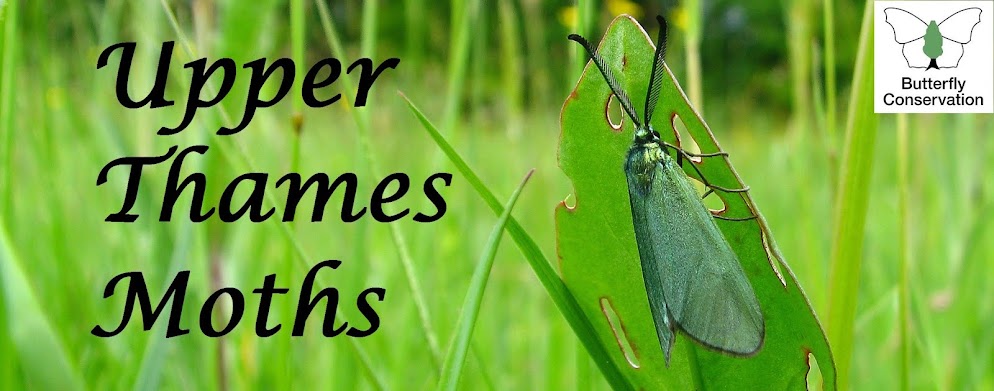...so all was not lost after all. The moth turned out to be a little the worse for wear with one wing-tip damaged but, all the same, a Silver-striped Hawk-moth in any state is more than welcome here! A migrant species from southern Europe, it is rarely seen this far inland. This is only the third record for Bucks but is also the second example I've had in the garden after one in July 2015. It must be someone else's turn next!
 |
| Silver-striped Hawk-moth, Westcott 30th July |
Dave Wilton
Westcott, Bucks

















































